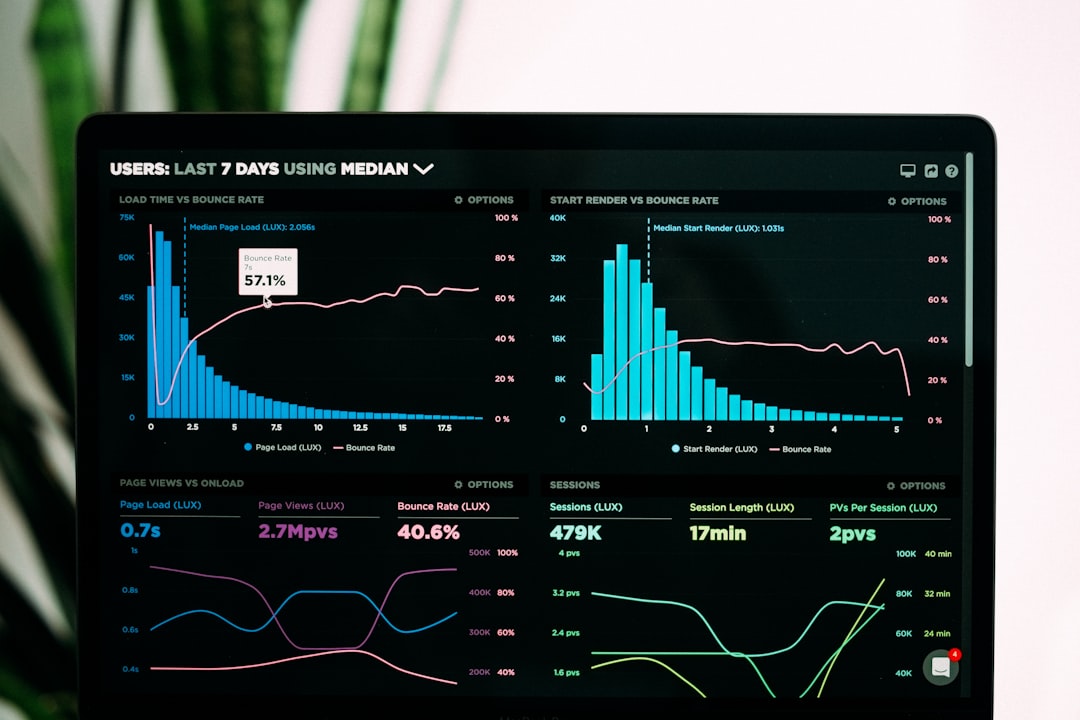In today's fast-paced and unpredictable business landscape, uncertainty is an ever-present challenge. To succeed, businesses must navigate risks effectively, making informed decisions that maximize opportunities while minimizing potential pitfalls. This is where risk dashboards come into play, providing a comprehensive and real-time view of potential risks and their impact on business operations. In this article, we will explore the advantages and benefits of implementing risk dashboards in businesses of any size, detailing their functions, types of risks they mitigate, success stories, misconceptions, challenges, and practical steps for integration.
Understanding Risk Dashboards
A risk dashboard is a visual tool that consolidates data from various sources and presents it in an easily digestible format. It brings together key risk indicators, trends, and metrics to provide a holistic view of potential threats and vulnerabilities. By leveraging advanced analytics and data visualization techniques, risk dashboards enable businesses to identify, assess, and respond to risks proactively.
Advantages and Benefits
1. Enhanced Decision-Making
Risk dashboards empower decision-makers with valuable insights into potential risks, enabling them to make informed and proactive decisions. By providing a real-time overview of risks across different areas of the business, such as operations, finance, and compliance, executives can prioritize resources and allocate them strategically.
2. Improved Risk Management
By centralizing risk-related information, risk dashboards streamline risk management processes. They enable businesses to identify emerging risks, monitor existing ones, and implement appropriate mitigation strategies promptly. This proactive approach minimizes the chances of major disruptions and financial losses, enhancing overall risk management efficiency.
3. Increased Operational Efficiency
Risk dashboards facilitate efficient resource allocation by highlighting the areas most susceptible to risks. This helps businesses optimize their operations, improve productivity, and reduce costs. By focusing on areas of high-risk concentration, businesses can prioritize risk mitigation efforts and allocate resources effectively.
4. Enhanced Stakeholder Confidence
Investors, shareholders, and other stakeholders seek assurance that businesses have effective risk management strategies in place. Risk dashboards provide transparency and visibility into risk assessment and mitigation efforts, instilling confidence and trust among stakeholders. As a result, businesses can attract investment, build strong partnerships, and foster long-term relationships.
Mitigating Various Risks
Risk dashboards are versatile tools that can aid in mitigating a wide range of risks. Some common types of risks they can help address include:
Financial Risks: Risk dashboards can monitor financial indicators, such as cash flow, liquidity, and market volatility, helping businesses anticipate potential financial risks and take appropriate measures to mitigate them.
Operational Risks: By analyzing key performance metrics, supply chain disruptions, and operational vulnerabilities, risk dashboards enable businesses to identify potential operational risks and implement preventive measures.
Compliance Risks: Risk dashboards can track regulatory changes, monitor compliance with industry standards, and flag non-compliance issues. This helps businesses avoid legal penalties and reputational damage.
Cybersecurity Risks: Risk dashboards provide real-time insights into potential cybersecurity threats, allowing businesses to identify vulnerabilities, detect breaches, and respond swiftly to minimize the impact of cyber-attacks.
Addressing Misconceptions and Overcoming Challenges
While risk dashboards are powerful tools, some misconceptions and challenges need to be addressed for successful implementation:
Misconception: Risk dashboards are only for large corporations. Reality: Risk dashboards can benefit businesses of all sizes by improving decision-making and risk management processes.
Challenge: Data integration and quality issues. Solution: Businesses should ensure data accuracy, consistency, and compatibility by integrating various data sources and implementing data governance practices.
Challenge: Resistance to change among employees. Solution: Effective change management strategies, including training programs and clear communication, can help overcome resistance and foster adoption.
Practical Steps for Integration
To integrate risk dashboards effectively into existing systems and processes, businesses should consider the following steps:
Assess Needs: Identify the specific risks and metrics that are crucial to monitor in your industry and align with organizational goals.
Select the Right Technology: Choose a risk dashboard solution that meets your business requirements, considering factors such as ease of use, scalability, and costs.
Data Integration: Integrate all relevant sources of data to ensure accuracy and completeness of information.
Implement Processes: Establish processes for risk assessment, monitoring, and mitigation across the organization.
Monitor Progress: Regularly review risk dashboards and track progress towards organizational objectives.
Risk dashboards are powerful tools for risk management, streamlining decision-making and increasing operational efficiency. By addressing misconceptions and overcoming challenges associated with integration, businesses can reap the full benefits of this revolutionary technology. With the right approach and guidance, risk dashboards can help build a secure future for organizations and stakeholders alike.
Conclusion
Risk dashboards are essential tools for successful risk management, enabling businesses to address potential risks proactively and strengthen stakeholder confidence. By following the practical steps outlined above, businesses can integrate risk dashboards into their operations quickly and leverage their full potential. With insightful data and efficient processes in place, they can build a secure future for themselves and take advantage of opportunities in the competitive landscape.
